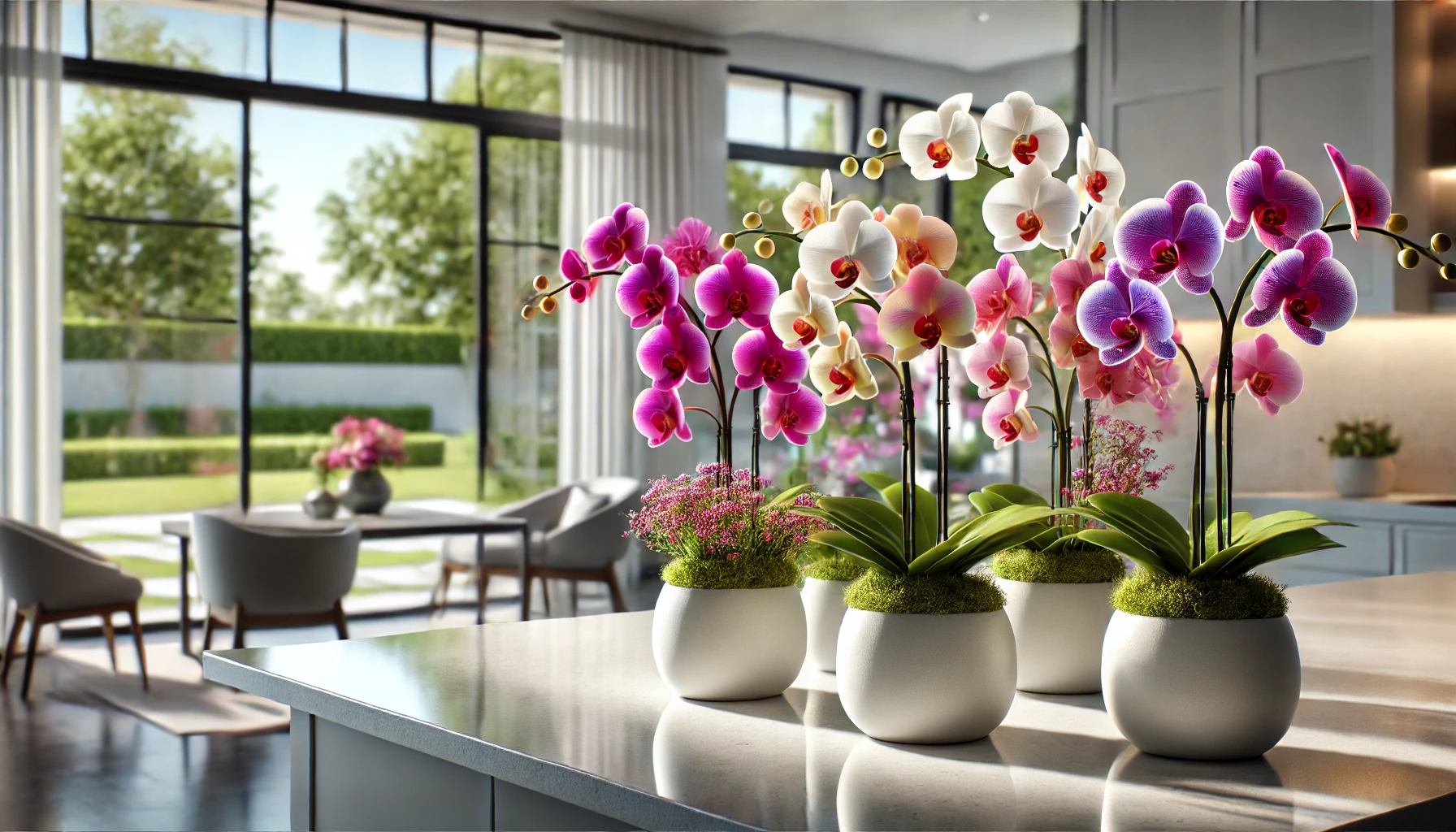How to take care of orchids inside the house
Check out this answer from Consensus:
Caring for orchids indoors can be a rewarding experience with the right knowledge and attention. By providing proper light, temperature, humidity, watering, and fertilization, you can enjoy the beauty of these exquisite plants for years to come. Remember to monitor your orchid’s environment and address any issues promptly to maintain its health and vitality.
Orchids are among the most popular houseplants due to their stunning beauty and long-lasting blooms. However, caring for orchids indoors requires specific attention to their unique needs. This article will guide you through the essential steps to ensure your indoor orchids thrive.
Choosing the Right Orchid
Phalaenopsis orchids, also known as moth orchids, are the most common type of orchid for indoor cultivation. They are favored for their long display life and ability to adapt to home environments1. When selecting an orchid, look for healthy plants with vibrant green roots and firm leaves.
Light Requirements
Orchids need bright, indirect light to flourish. Place your orchid near a window with filtered sunlight or use fluorescent lights if natural light is insufficient. Avoid direct sunlight, which can scorch the leaves1.
Temperature and Humidity
Orchids thrive in temperatures between 21-30°C during the day and 16-24°C at night3. Maintaining proper humidity levels is also crucial. Aim for a humidity range of 50-80%. You can increase humidity by placing a humidity tray with water and pebbles under the orchid pot or using a humidifier3.
Watering
Proper watering is vital for orchid health. Overwatering can lead to root rot, while underwatering can cause dehydration. A recommended method is to water your orchid with ice cubes, which slowly release water and reduce the risk of overwatering. Research has shown that ice cube irrigation does not harm the orchid’s roots or leaves and maintains the plant’s quality and display life1.
Fertilization
Orchids require regular feeding to support their growth and blooming. Use a balanced orchid fertilizer and follow the instructions on the label. Fertilize your orchid every two weeks during the growing season and reduce feeding during the dormant period. Reusing nutrient-rich formulations can also be beneficial during the acclimatization phase2.
Potting and Media
Orchids are typically grown in a bark-based potting medium that provides good aeration and drainage. Repot your orchid every 1-2 years to refresh the medium and prevent root congestion. When repotting, ensure the new pot has drainage holes to avoid water accumulation1.
Monitoring and Maintenance
Regularly check your orchid for signs of pests or diseases. Common issues include mealybugs, scale, and fungal infections. Treat any problems promptly with appropriate insecticides or fungicides. Additionally, monitor the plant’s environment using sensors to ensure optimal temperature, humidity, and soil moisture levels3.
